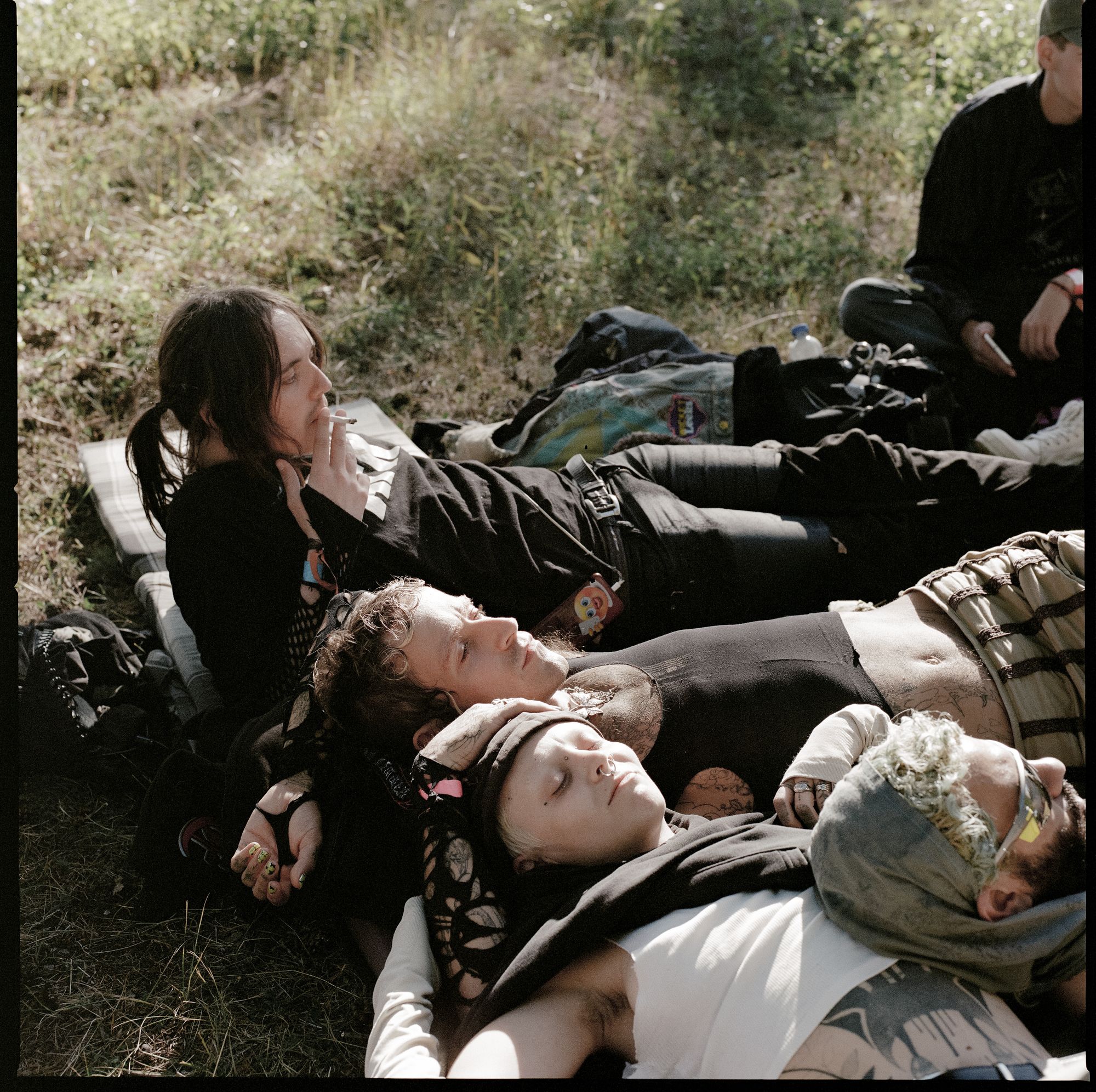The Reverb is Long and Wailing, it is a Haunting
Norbergfestival 2022
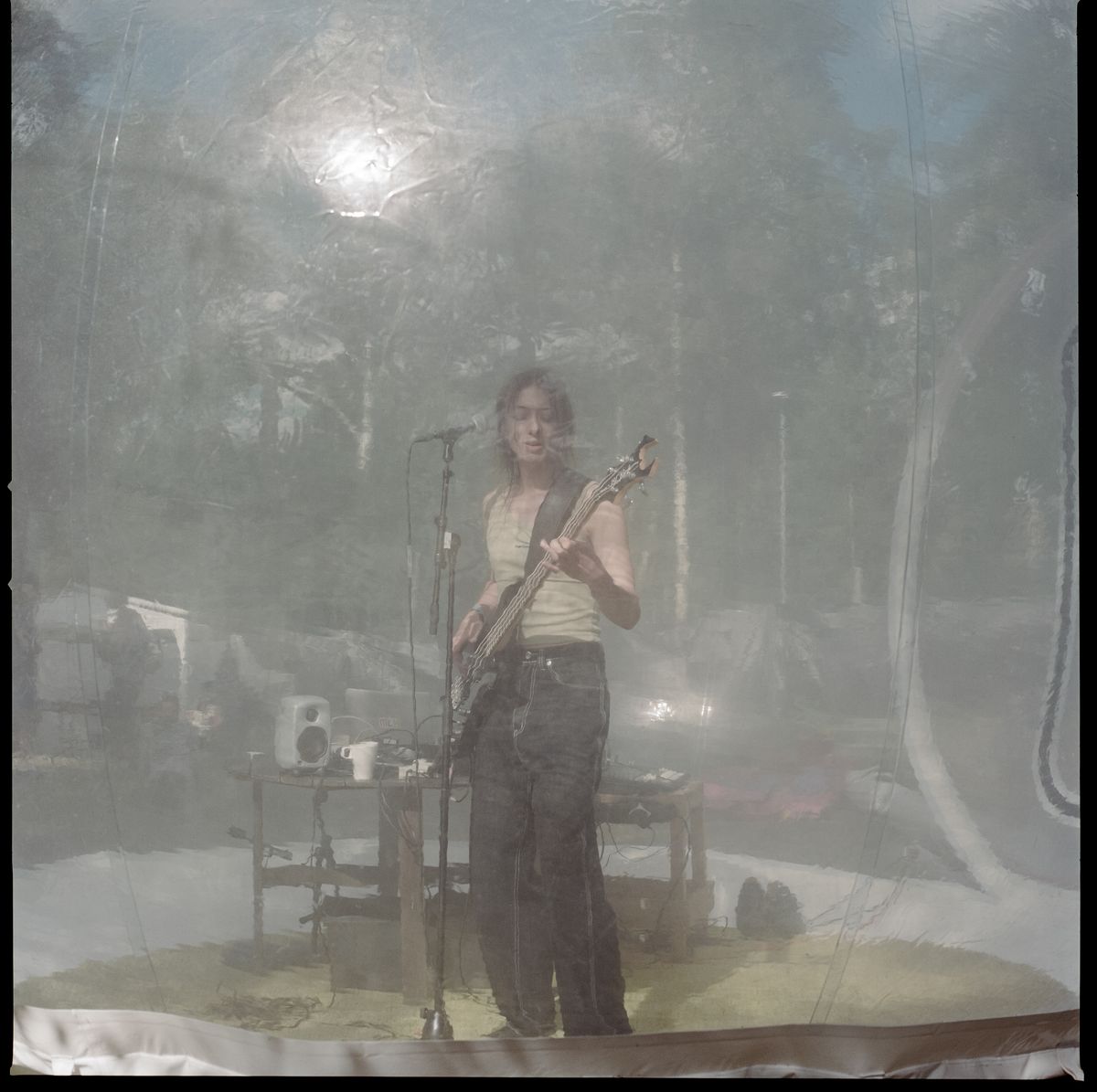
Filipendia Ulmaria.
“I am unsure of the direct translation in English but in French we name this flower ‘Queen of the field’.”
Meadowsweet, meadsweet, meadwort, bridewort. Queen of the field, queen of the meadow. Queen of Mimer.
A fistful of Meadowsweet buries itself tenderly in the folds of Arianne’s pocket, clusters of stars illuminating our path. A souvenir to busy idle hands, a worlding. Like giants nursing miniature woods of elm, our small group walks back toward the town of Norberg after an evening feast for volunteers held at nearby Risbergs Verkstad.
A pastoral reverie to mark the end of the 21st edition of Norbergfestival, a contemporary experimental electronic music event held within and around Mimerlaven, a former iron ore mine in Sweden.
Wading through erratic swathes of mid-July overgrowth and witching dew we align ourselves with the path of the trainline as a rite of waymarking. Evanescent, lush geomancy. A post-midnight sunbeam burns through the nocturne as the past seven days begin to flood through cerebral chambers like hymns.
We leave Copenhagen in the morning, there’s a spell of rain that falls in light touches as we enter the station where a fleet of buses gather and it’s not entirely clear which one will take us northwards. I see a small swarm of folk clad in pallid shades of muck with flashes of silver and understand these to be cues. We are for sure in the right place, though I muster the words to question it so as we introduce ourselves to two sweet new friends from Germany and Switzerland.
For some, including myself, it would be the first year volunteering at Norberg and for others, their fourth or fifth time. One person I meet tells me that they have been going to the festival every year since they were a baby. The last edition was in 2019, the yawning temporal suspension unfurls its mercurial cloak.
Arianne tells us that they were unsure as to whether or not to go to clashing Creepy Teepee in the Czech Republic over Norbergfestival which has an equally wicked lineup this year. Arianne, wearing customised sunglasses studded with spikes of silicone would be tasked with taking care of artists throughout the festival.
The journey is long but we channel the great euphoric force of entering something new, a drove of goths embarking on an upside-down summer camp.
As we drive across the bridge where Danish waters meet Sweden we are absorbed by shades of steel blue grey and alabaster green as gushing rains wash over the shell of the coach and a coolness merges with sodden air.
We stop at several points to stretch, I buy a carton of soft juice that is gifted with a free scratch card and press my nails into it, something to do, idle hands and a nervousness of new surrounds.
We arrive at the old gymnasium in Norberg and are met with a warm hurricane of applause. The bus from Stockholm arrives maybe twenty minutes before us and they await our arrival on the damp pavement of a roadside curb. Bjorn, Olof, and Johan, Tuuli and Annastina, Alice, Nora and the team of coordinators are there, as are the majority of fellow volunteers.
We are led through towards the canteen inside of the old school where we would all share our first meal and welcome induction. A sea of washed jersey and cotton t-shirts embellished in faded slogans, diamante and frayed hems. A low hum of capricious intonation holds the room.
Although the gymnasium is also where the majority of volunteers would sleep, we would instead spend our nights in the middle of a park in an old wooden clad town hall, Tingshuset. Other sites in which volunteers and some of the artists were placed include an old cinema and a driving school, depending on which field of work they are entrusted with.
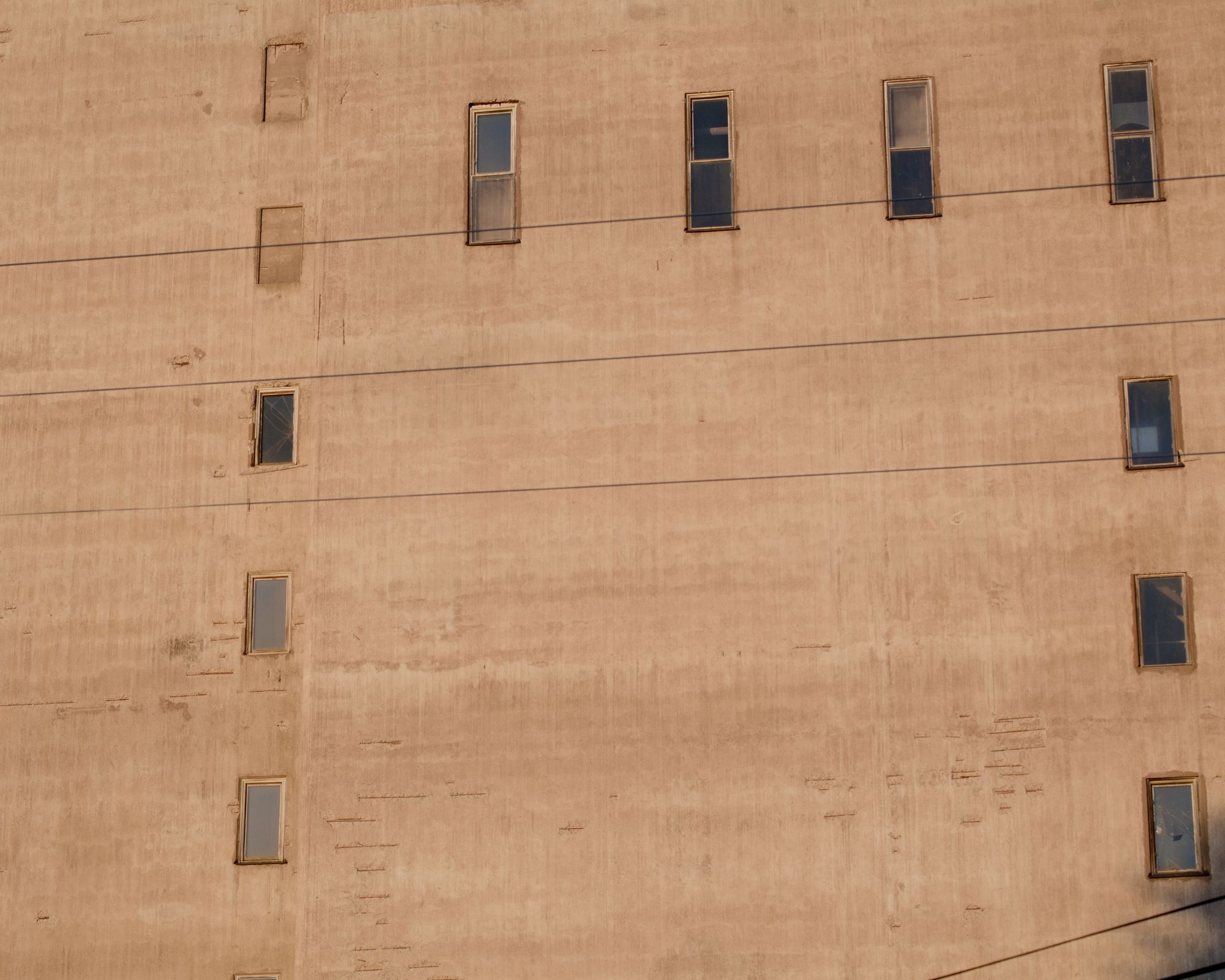
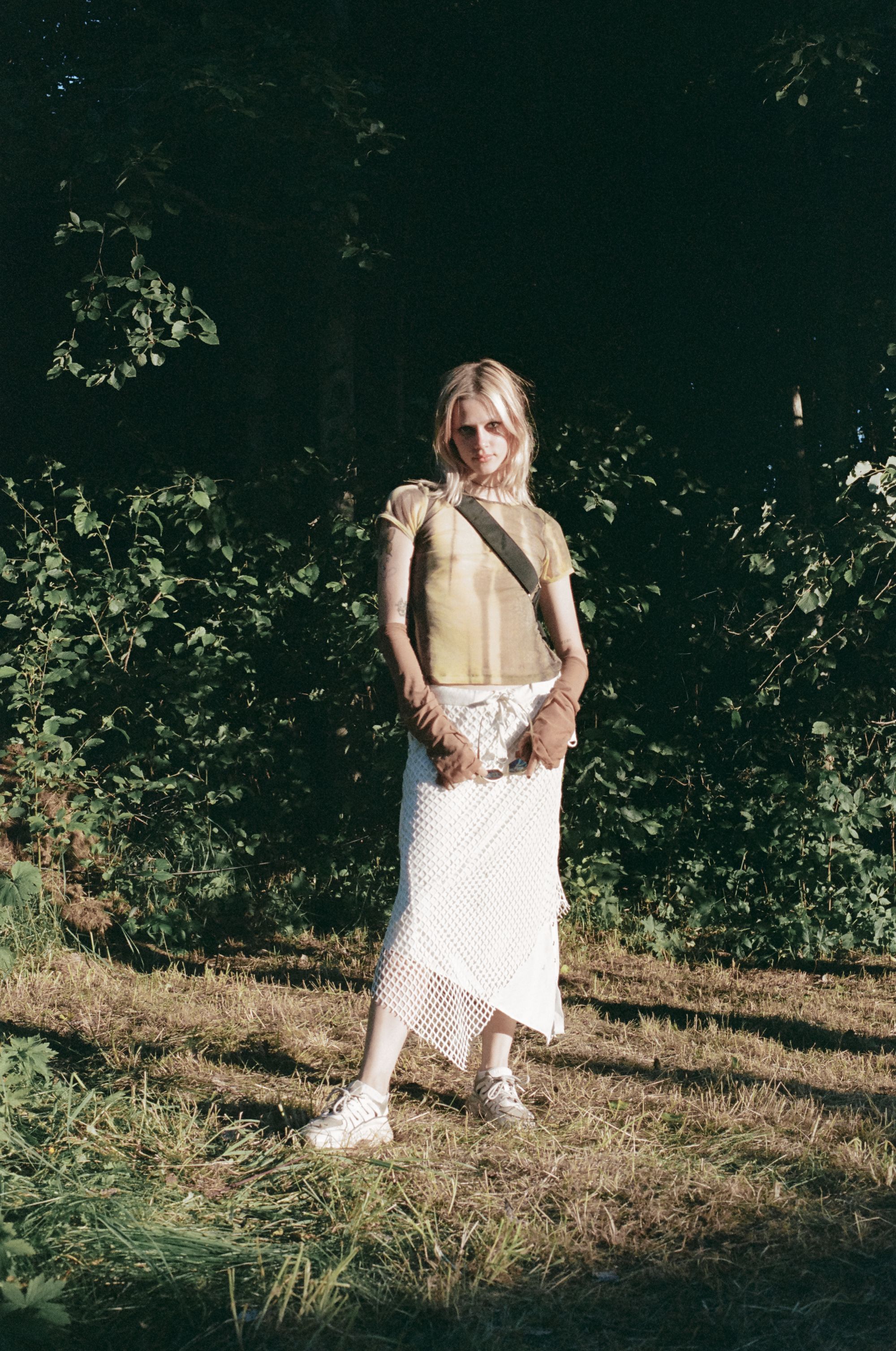
‘The Helsinki Crew’, a flock of around twenty Finns and their friends fare moonlit waters between Helskini and Stockholm before boarding the coach to Norberg. A friend of ours from Finland tasks us with the quest of finding his friend Elias after he sends us a picture message as a clue. Where is Elias? It takes us approximately ten minutes after we arrive, for we find ourselves behind them in the great long queue in the canteen.
I briefly meet Nora, coordinator of the media team, soon after arriving in the canteen and would join the rest of the group the next day upon their arrival. For now, Jack and I, under a clay pigeon sky of golden mouthed clouds, search for Tingshuset, a fallow respite for weary travellers.
Large painted icons that earnestly resemble Major Arcana archetypes watch over rows of inflatable mattresses like palace guards as barn doors and steel rigs frame such a backdrop. The gleaming outdoor ambient, distorted by a spectrum of stained glass, casts shadow and starlight through and beyond the early bright.
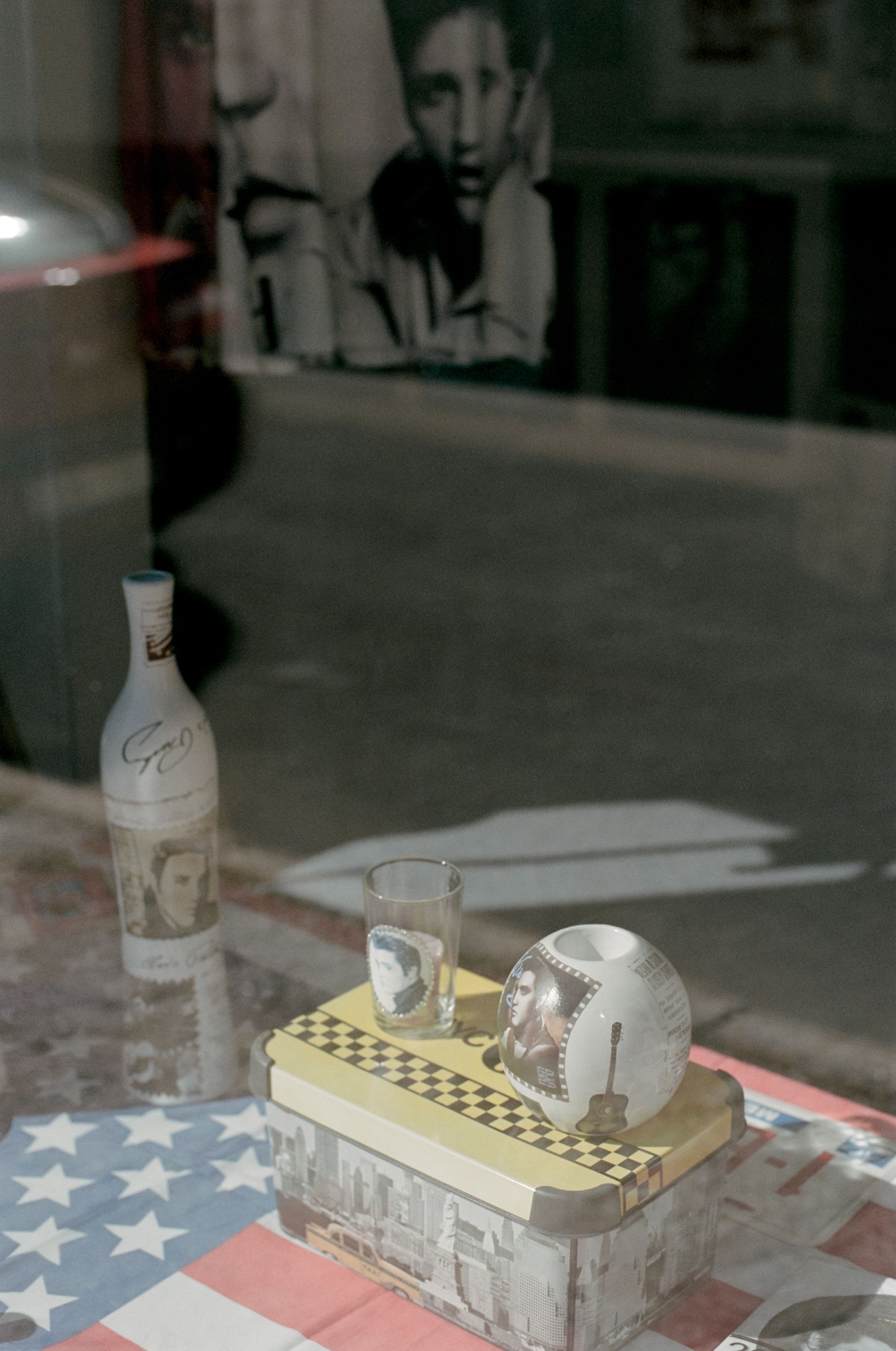
With an annual ‘Elvis Day’ hosted at Tingshusparken, in the town of Norberg there is also a shop dedicated to the people’s King, Elvis Presley. A real treasure, full of heart. After a few days of passing the shopfront on our daily route, we finally enter the space to try on a pair of sunglasses and statement rings. There’s a dog, too. Himla gott.
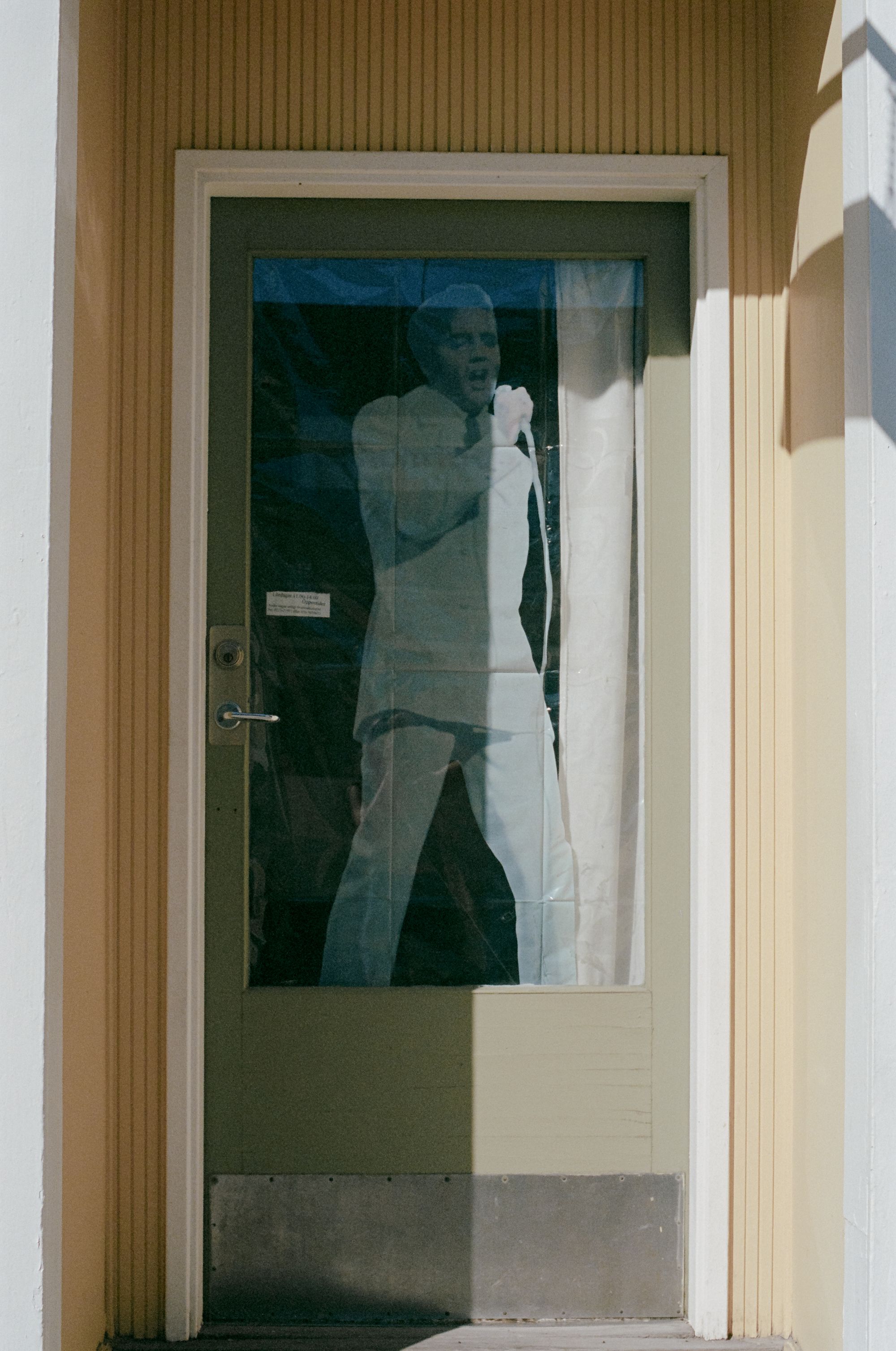
On the walk back to Mimer we are absorbed by the robot lawn mowers out on their daily pilgrimage, like little helpers tending to the field. It’s a fine and peaceful street and it makes me question how long it took for the people of Norberg to warm to this week-long disturbance, for from my admittedly meteoric experience they are kind toward us, especially given the two year hiatus. I feel this is also reflected in the festival’s manifesto, “We extract what we produce” which would be the tone in which the entirety of the overarching non-for-profit organisation of Anrikningsverket is set. There is a deeply cut respect for the area after twenty years of hosting the event.
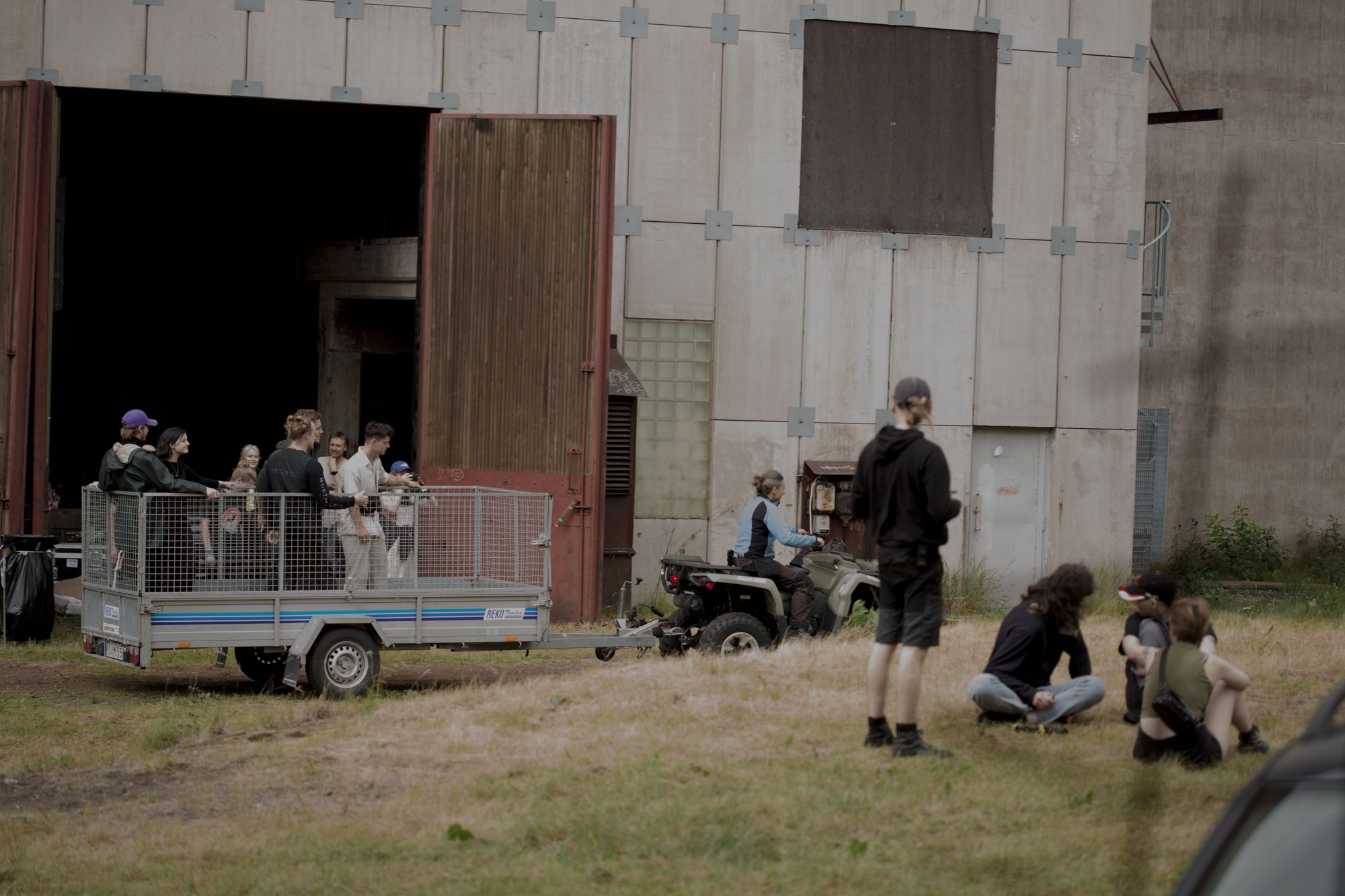
The days of install are hexed with rain, but not entirely cumbersome. As we clear the site in which the ‘Orb’ will be assembled, hands furrowed in damp soil, we awaken a group of nesting slugs and insects from subterranean biomes. We have disturbed their habitat, their common clay all grogged and dolorous. But we do not wish them ill, and as Nette says, perhaps as they migrate from one piece of earth to another we are aiding them on their travels. Or maybe we’re just heathens.
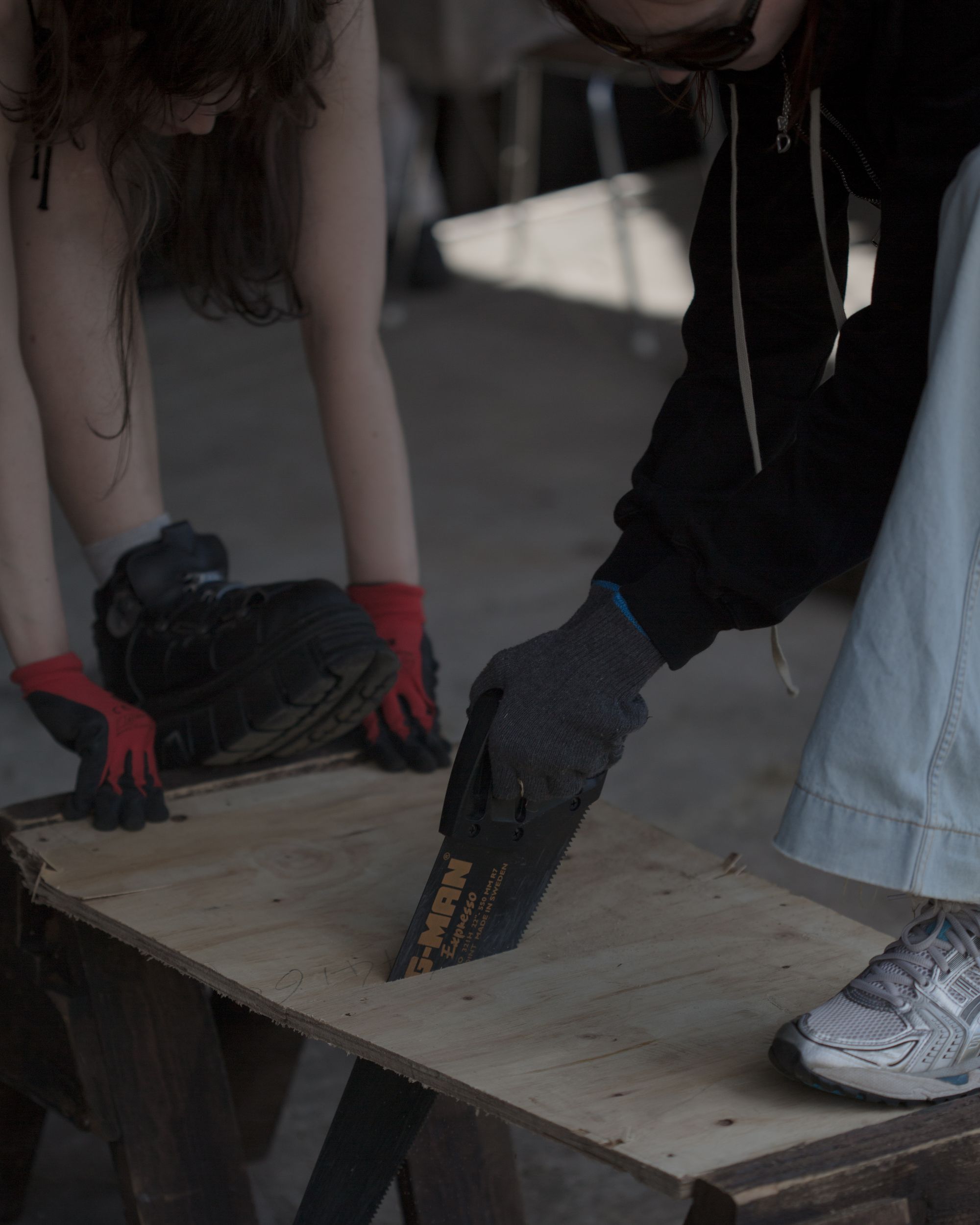

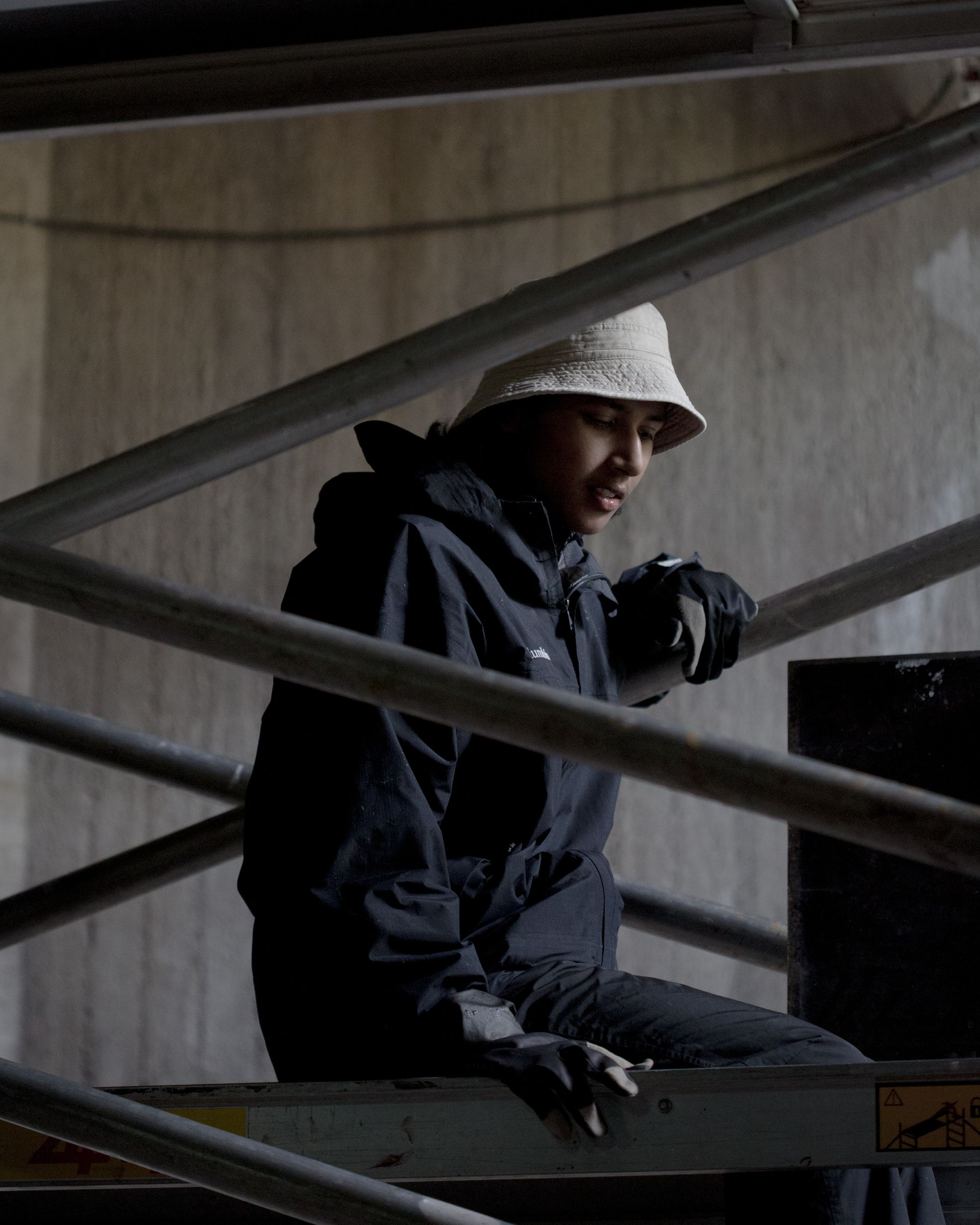
We eat onsite in the volunteer area from these days onward. Some assignments would include building fences, painting signs and installing a water system. For those tasked in specific areas, a team of AV technicians and helpers are stationed across the different stages of Kraftcentralen, Krossverket, 303, the radio Orb and Mimer itself.
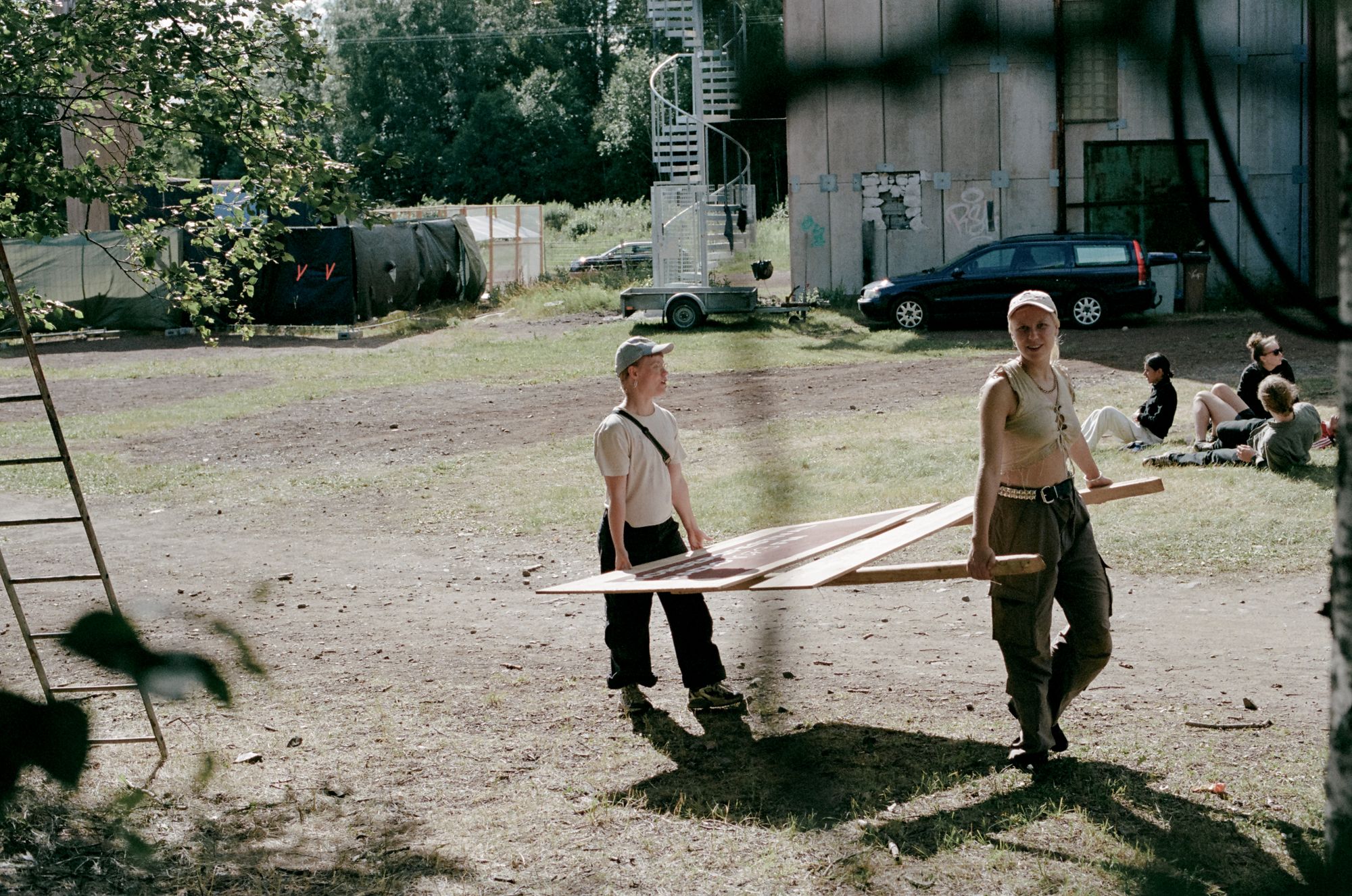
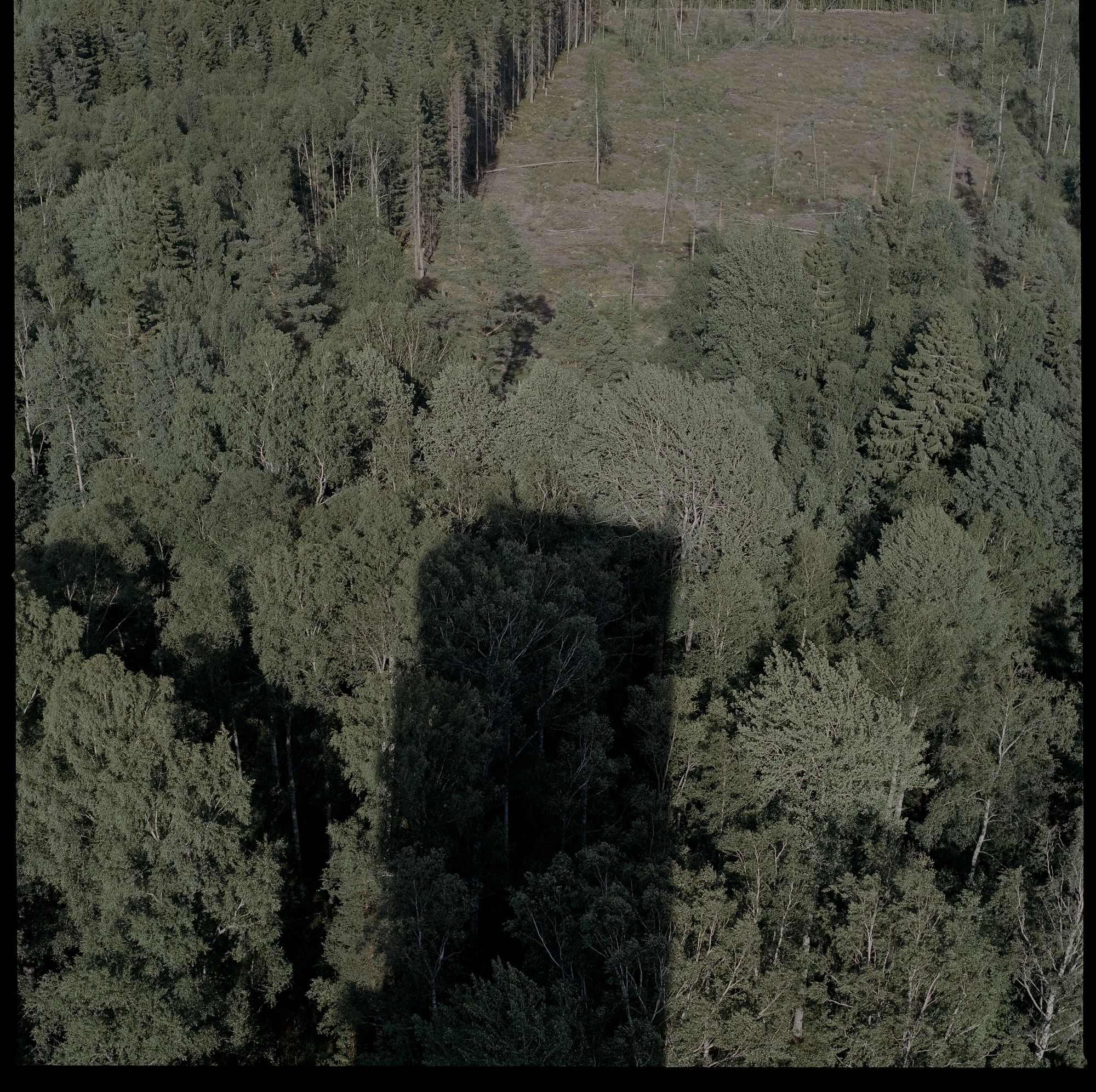
It takes us maybe ten minutes to reach the height of Mimer, all 64 metres of her.A reconnaissance before the Norbergfestival radio antenna would be installed, such power! Through spiralic, sprawling passages upward we encounter wild pigeons like baby dragons fiercely protective of their fortress; their cracked eggshells coalesce with foul matter that is spread throughout groundings of metal and of concrete.The view is crushing.We soar over edgelands and distant mines, echoes of Norberg’s bygone days of industry. The spectre of Mimer rests upon the lush forest floor, she dances around it like a sundial.
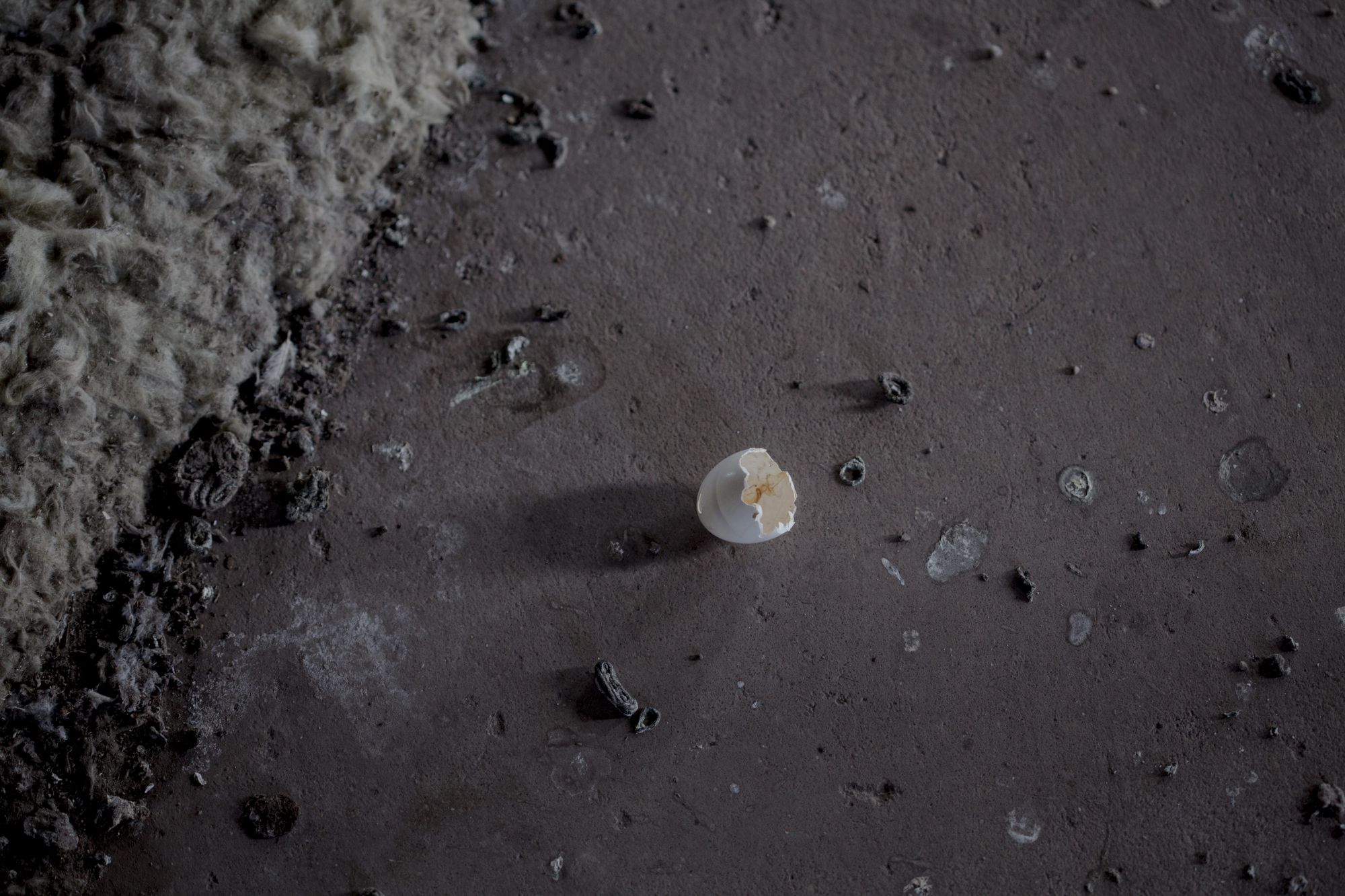
Plunging back down into the gully of the mine we witness precious relics of deep time, a reckoning. It would seem as though several decades of built-up iron fragment cements itself into the monolithic foundations of her hollow; parasitic and strange, like sideways mountains of petrified magma, all shrunken and squashed. A great many challenges are thrust upon Stage Manager Blue Maignien and the rest of the Mimer team throughout the install phase. For two years of slumber and solitude has surely allowed for rust to gather and mulish ways to set. But with resilience and fervour they wade through the troubles like gentle warriors.
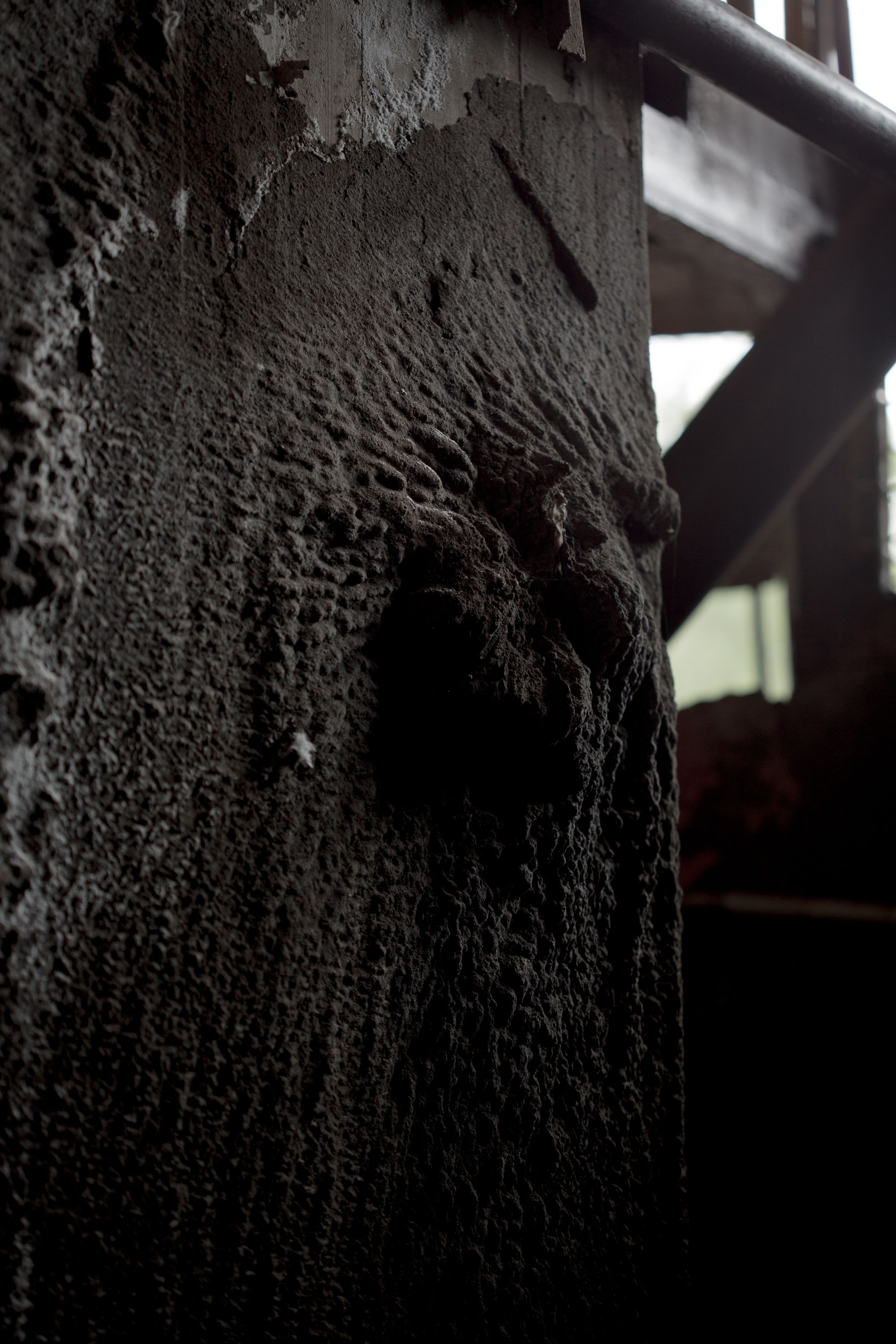
Throughout the evening before the festival would begin and after the most toilsome of graft is over for most, the AV technicians proudly test ride the fruits of their labour at their respective stages.
“Sorry, I have to go, this is my favourite song.”
Nora rushes towards Krossverket into a vortex of dense fog that fills the room as Danny L Harle’s ‘On A Mountain’ takes hold of a sea of limbs, lithesome and in trance. We bear witness to a thoughtful, symbiotic relationship between sound and light, with every beam gently caressing a texture, a tone, a thirst.
The media team is based at the Trafikskolan, where we would spend a few hours in the morning editing footage from the previous day, before our return to the festival site to gather more; circadian rhythms. Our group is so super nice, and I feel so glad to have met them. We have a schedule with certain photographers and videographers assigned to the different acts. Outside of these shifts I still carry my camera around with me like a limpet, a third eye. It feels like a national park, a playground.
I meet L’iris for the first time in the backstage area, having travelled with the Finns across the water to Sweden. They are singing in a palette of soft, breathy coos, all mournful and angelic, a banshee. We talk about the vulnerability of the voice as an instrument and they show me video clips of themselves making and sewing clothes whilst singing; how the rhythmic sighs of the sewing machine help to uncoil the resonance held in the throat. We swoon over the folk songs of Vashti Bunyan, with particular reverence to Rose Hip November.
A few days later, on the eve of the first day of the festival, I come across L’iris wrapped up in the furls of whipped grass, hands bewitched in the folds of a dovelike blanket of fabric. They are sewing together a full-length gown “for the festival” and explain that the process must be enacted en plein air like a ritual, a spell.
On Saturday I would learn that L’ris was in fact, acting as clay conduit for Piano Princess on the Sunday, one of the great mysteries of the weekend. Much like ANIMA’s sound, the vibe is storytelling and an edit of Vivaldi’s Four Seasons: Winter sets the tone. At this very moment, a flood of gushing rains collected on the tent’s roof is hurled over the edges with a broom by the 303 crew like a band of pirates weathering the storm.
Spellbound and still unsure if L’iris and Piano Princess (who is actually, also, maybe or maybe not associated with bod [包家巷]) was the same person, after the set, I watch as L’iris, cloaked in swathes of the white fabric in which they had been weaving, rushes off into the night like a dove. A Greek tragedy, an epic fable.
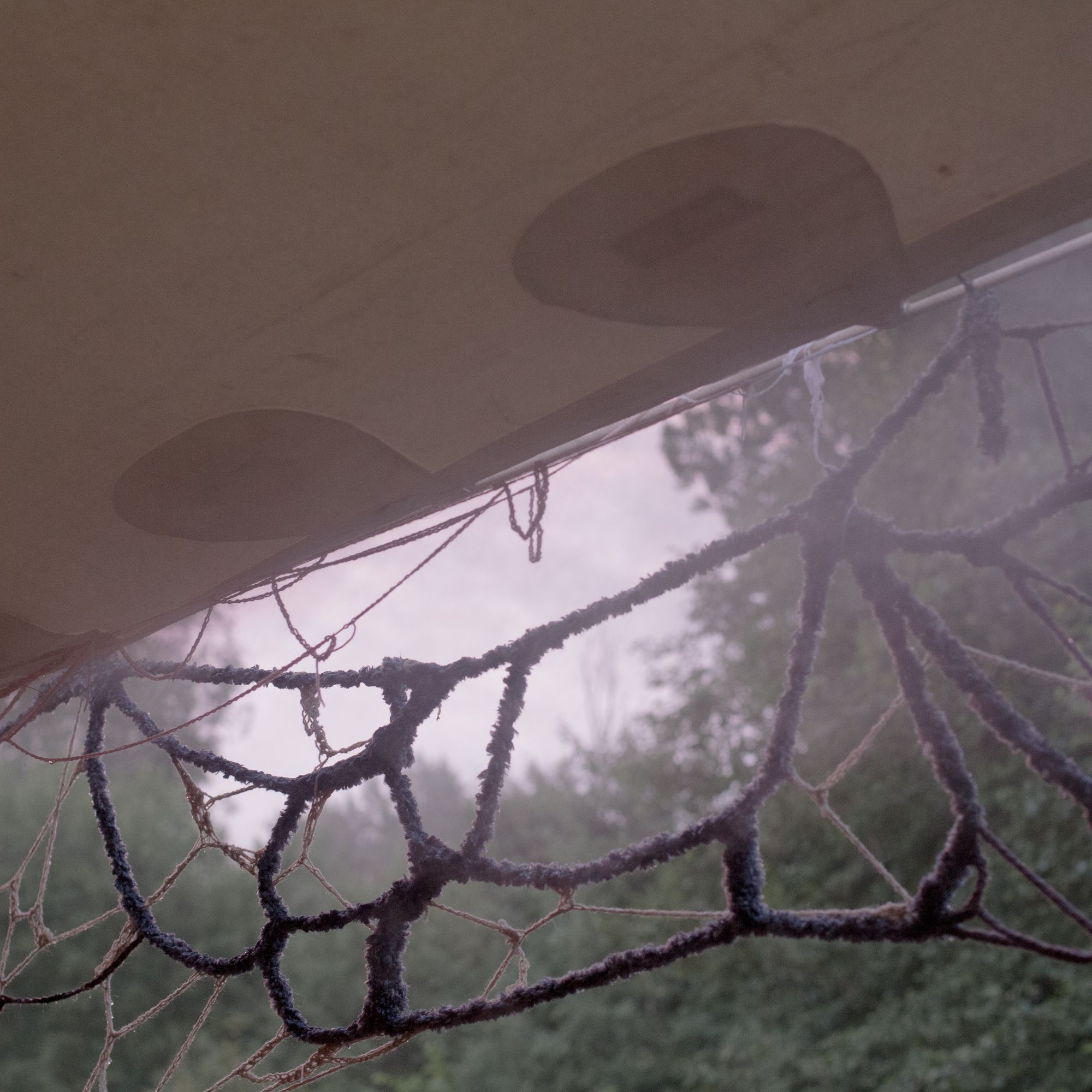
The first performance I’m tasked with documenting is the 303 crew. Their energy and synergy as a collective is unmatched and would be a marker for the particular sound in which Masha has curated for the stage; ‘internet music’ of ambient-adjacent trance and euphoric club edits, always varied and emotional. Wild-eyed and ecstatic, there’s a spiritual fervour that is contained within the group that soon swallows the rest of the crowd. The 303 crew are unapologetically punk and I have a serious friend crush on all of them. They’re quick to customise the volunteer t-shirts we are given through the addition of ruffled sleeves, cut-offs, tiny holes and pink or orange spray paint.
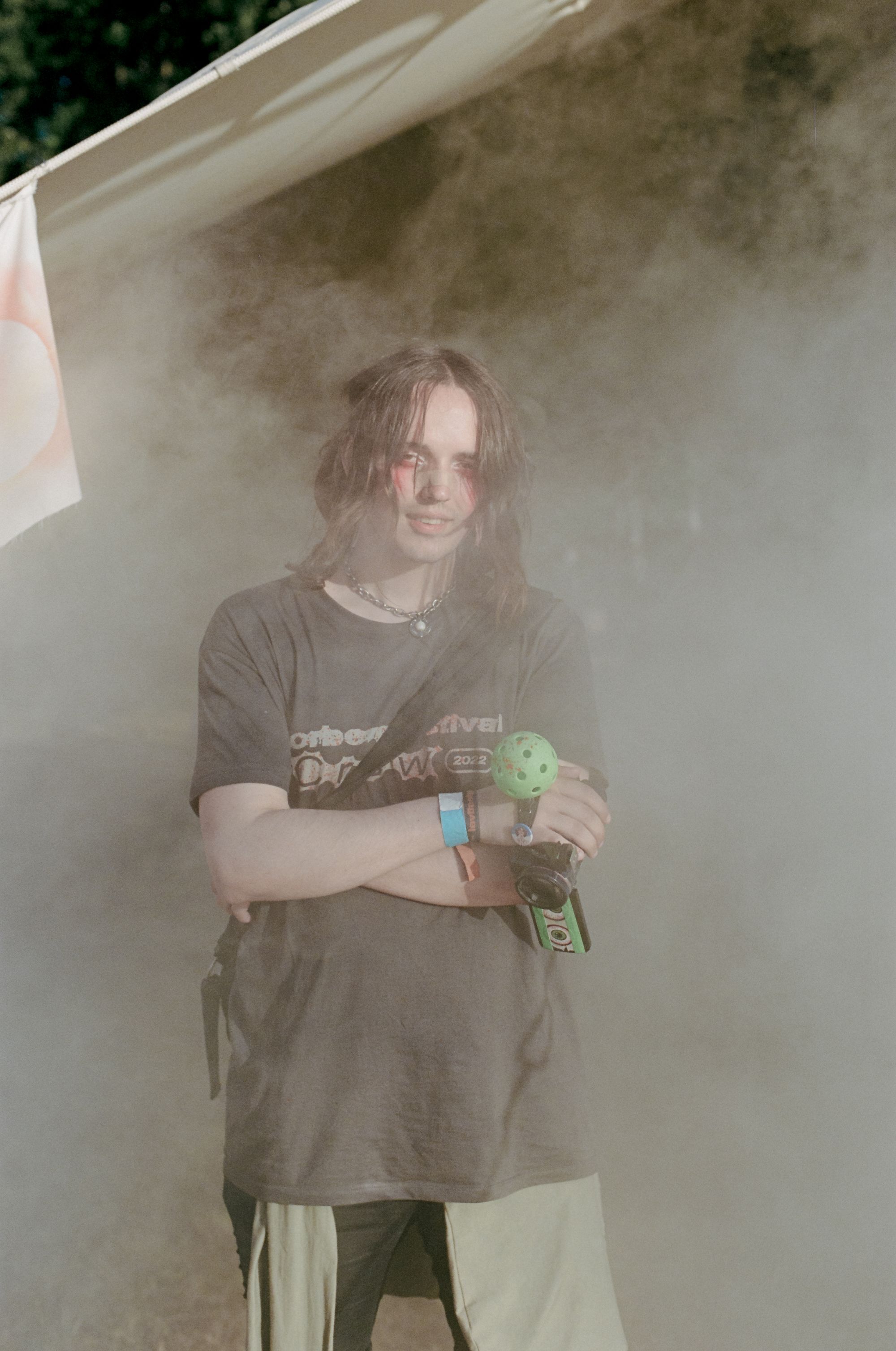
Dani from the media team, who goes by the producer alias of Exmantera, would be on the mixing desk whilst their friend Knife Girl performs behind them against a bespoke wall of LED panels and live visuals designed and crafted by Adam, head of lighting for 303. A veil of hot pink and orange smoke swells and swirls around both spectator and spectacle, we bathe in its opalescent breath as it binds us.
Goth Jafar would be a highlight of the 303 stage, all spooky club and cute pop edits. Medulasa, too, with a selection of nu-metal, power ambient and drum and bass mixed effortlessly for ‘pure maximality on the dancefloor’. DJ G2G performs on the Saturday with a hot mess, a rave for release.
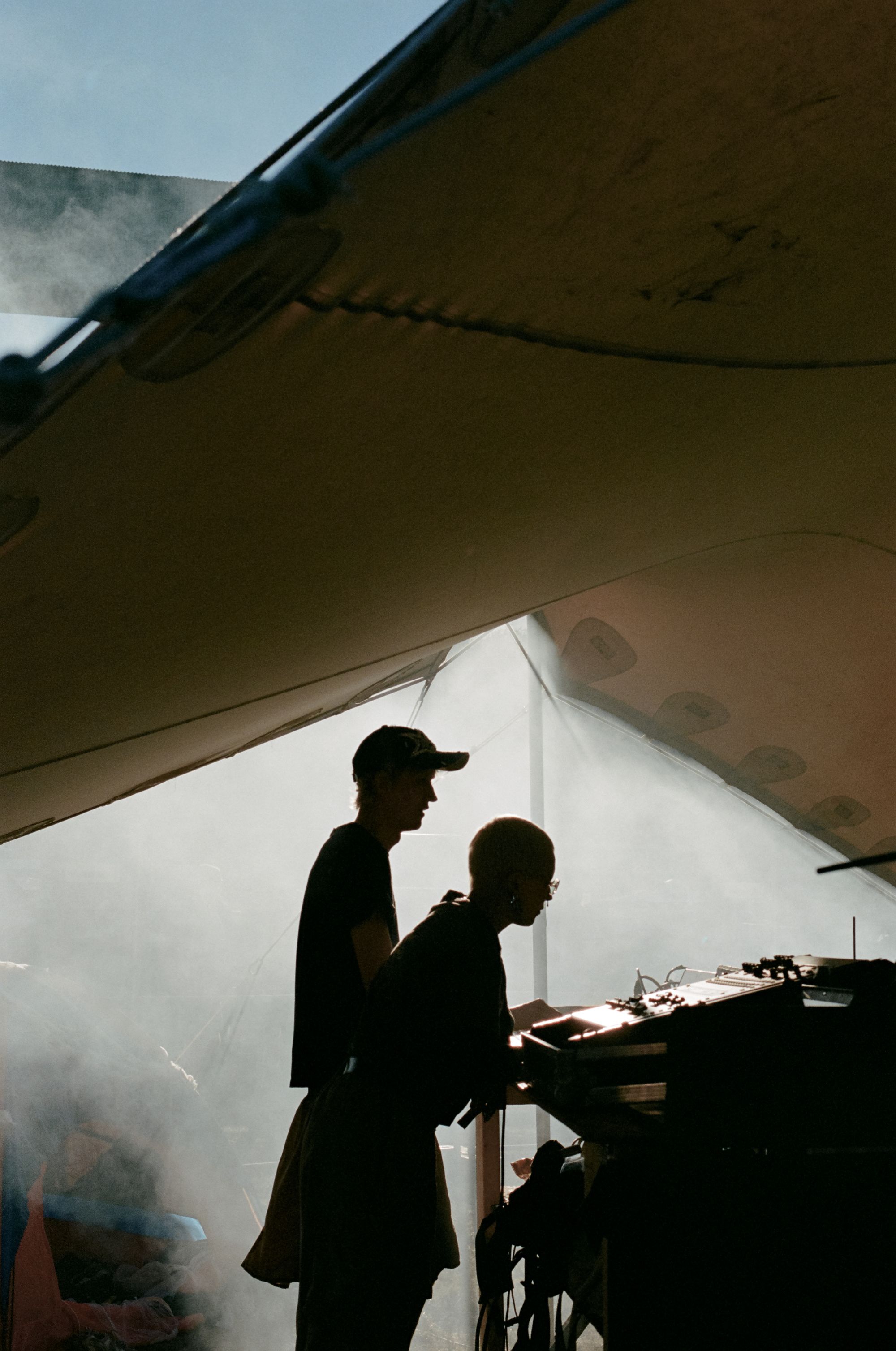
I think of the term ‘internet music’ for which I completely immersed myself in throughout the pandemic, and the power it holds in evoking hauntological fragments of a phantom youth. It does so through borrowing the aesthetics, textures and sometimes samples of a plethora of genres, namely early noughties pop and R&B for example; stretches them lovingly, makes you sit in them for a while, cuts them up and throws them back into the high mountains of the abyss like an exorcism. The phenomenon holds the power to do so as the boundaries blur between listener and producer, it’s a welcome space for bedroom producers to hone their craft in a supported network of long-distance friendship online. But there is also a degree of anonymity within it. In the context of Norbergfestival and 303’s programming especially, there were certain artists I’d been following on Soundcloud in whom I wasn’t aware of what they looked like, their virtual presence cloaked in enigmatic shades of internet irony and maybe a few ambiguous, deliberately rubbish selfies. I mention this to Rohan, who’d be helping out with 303, how I was really looking forward to ANIMA’s set, but had absolutely no idea what they looked like.
“Imagine your university professor, but wearing a bright pink hat that says ‘Tiesto’ on it.” This would be, as it happens, a killer prophecy.

Iceboy Violet’s live performance is intimate, immense, an incantation. Such is the fervid exertion of energy that as not too long into the set, we merge into a dense superorganism of bodies moving around and with them; following their sways, holding our breath as they hold theirs, releasing our pent-up passions and rage like dragons.
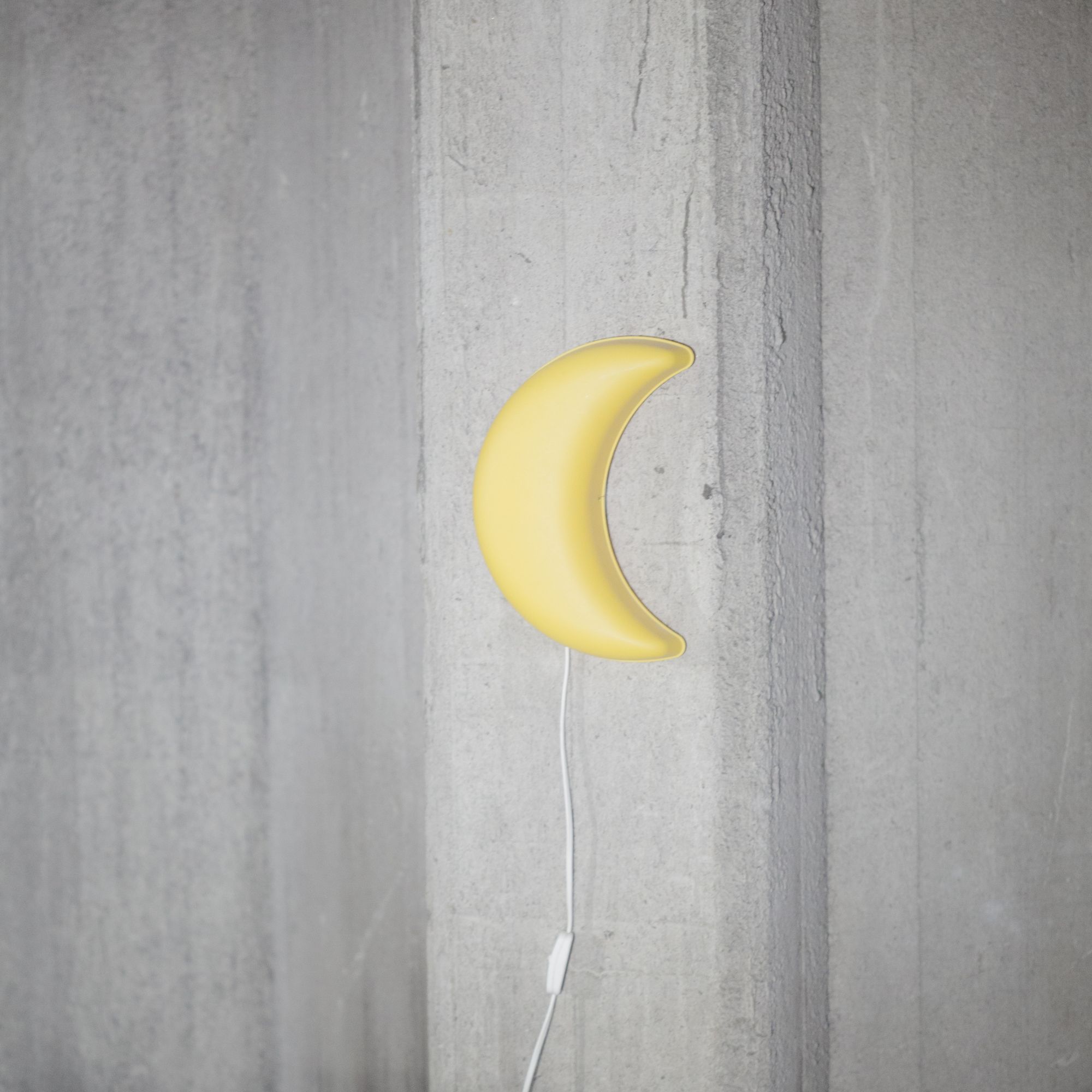
Matilda Tjäder performs their conceptually driven album ‘Clones’. A cool, sublime voyeurism through diary entries or text messages projected onto the industrious backdrop of Krossverket as plush toys stare ruefully into the void. A flute player kneels gracefully on the ground beside Tjäder, who stops to take a sip of soft juice contained in a cardboard cup from a fast food restaurant, before continuing to play the piano. They move between a series of chapters within this ‘sonic fiction’ through the modes of mirrors, treadmills, and mattresses. A fallen drape of fabric, a shapeshifting. An alt-pop concrete fable narrated by swells of consciousness, deadpan and yearning.
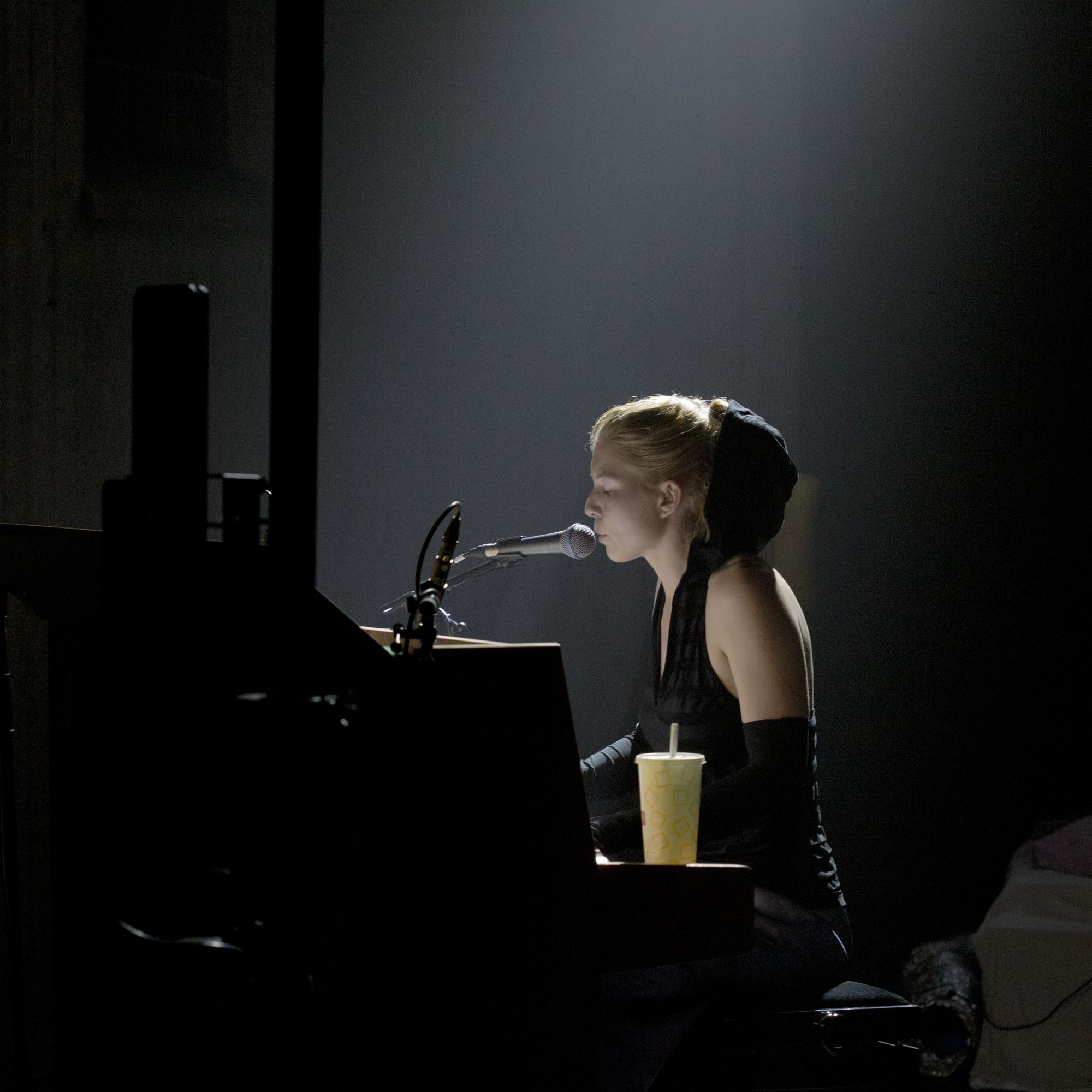
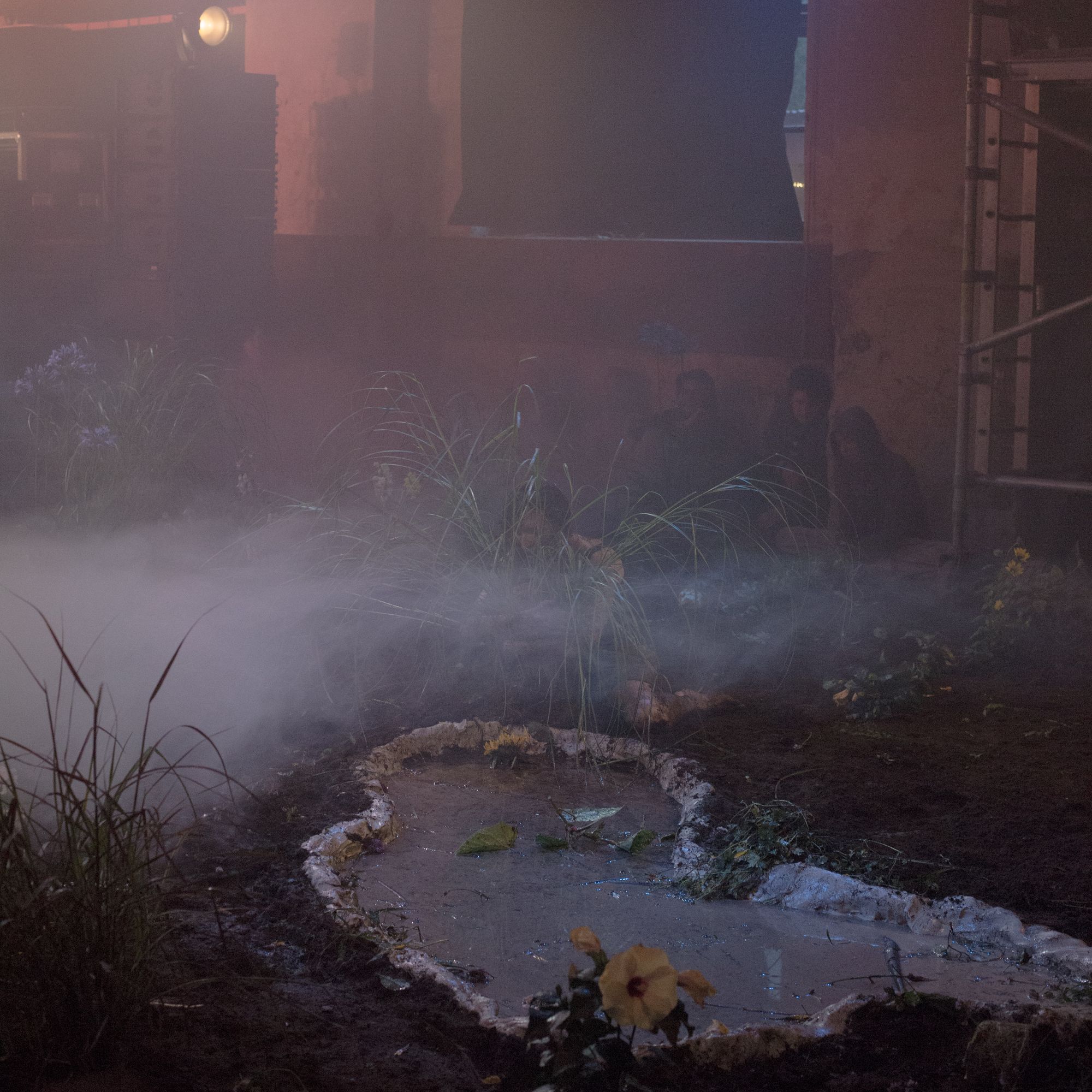
Appearing in the days leading up to Saturday, and around the side of the backstage area entrance, lies an expanding array of delicate clues of a delicate gathering.
A nest, a harvest, a feast. A muster of bracken and branches, a porcelain bowl for berries that sits on top a piece of birch wood. A wooden sign that reads ‘TIANZHOU CHEN PROPS’ and portaloo with a damp piece of A4 paper that yells ‘ASIAN DOPE BOYS ONLY’.
From 1900, a nine-hour long performance takes hold of the entirety of Kraftcentralen in what would be the highly anticipated ASIANDOPEBOYS performance of PHYSIS. Durational, operatic. A marshland of earthly spoils, of metaphysical furies and mythos. A controlled space for ecstatic dance and embodied dreaming under a meteor shower of light and burnished sound. The scent of mud and sweat, visceral and wanting. A souterrain, an underworld, primordial and vehement. Some of the audience would dedicate the rest of the evening for PHYSIS alone in surrender, others would drift in and out every hour or so like a chimaera, a tethering.


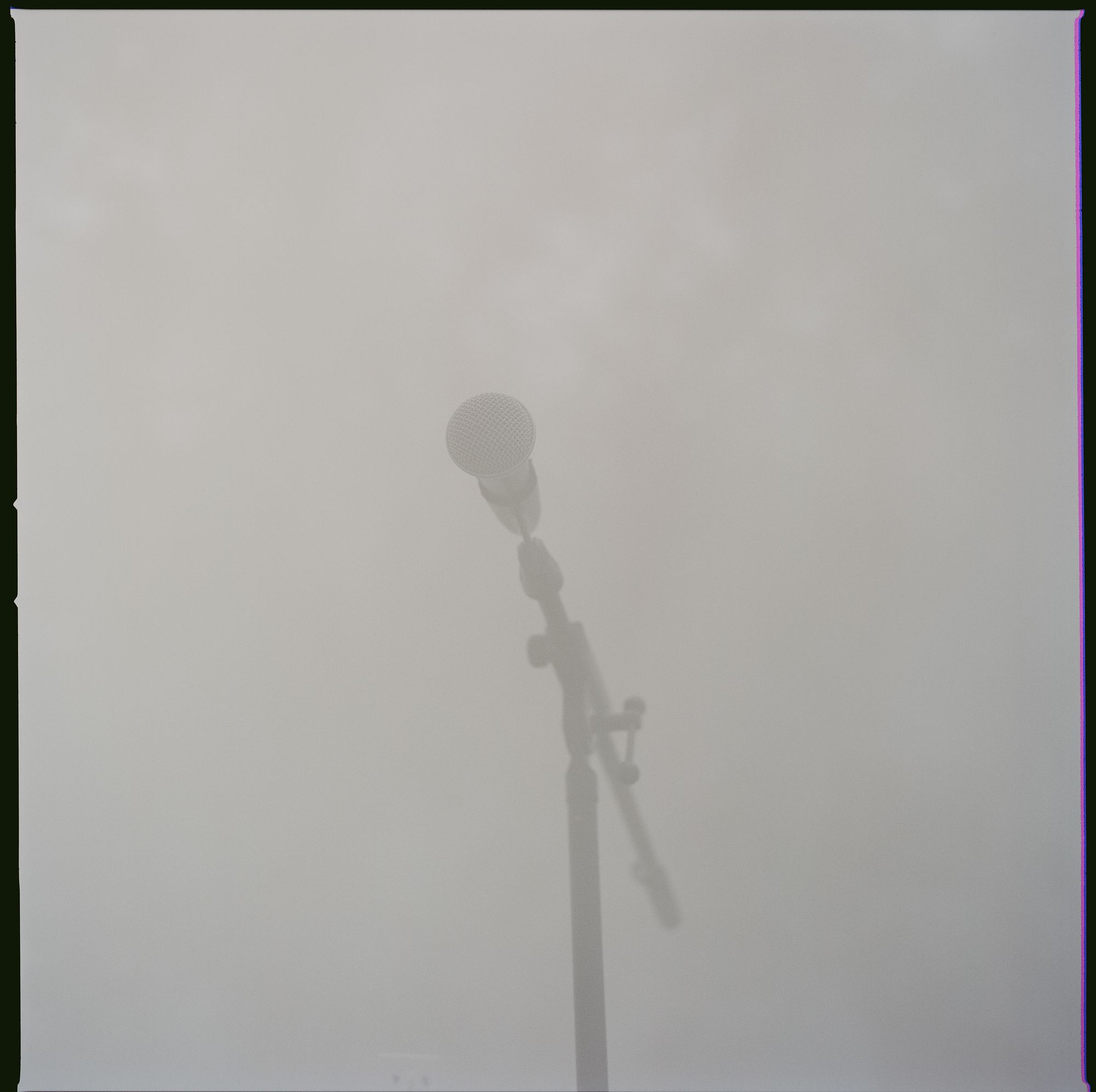

The area in which Norbergfestival radio would be broadcast from, lovingly referred to as the ‘Orb’ places the inflatable structure at its central axis, a spaceship for sonic voyagers, a ground control. By night the Orb is charged by moonlight and fog that summons the spirits of strange frequencies and fictions under a constellation of thoughtful fluorescence installed by Ivan, who would also design the lighting from and surrounding the site. By day, she exhales the spells of sound weavers, volunteers and festival attendees through a series of live interviews, performances, pre-recorded broadcasts and jingles produced on-site by the radio team. Interviews are held with artist collective coyote, Tianzhou Chen and oxi pëng of ASIANDOPEBOYS, Moonilena, SØS Gunver Ryberg and more. The customary ‘8 Minute Bonanza’ slot carves space for audiences and volunteers to share their music, their thoughts and desires over the airwaves. In the days of install, Jack and the radio team, driven by passions and whimsy, work together fearsomely to gather field recordings and interviews both real and imagined. They conjure ideas such a radio play, ‘myggnät’ dedicated to our friend and foe, the mosquito of Mimer, specially produced with jest and with quick wit. On Friday, Malmö based community radio Retreat take over with an impressive lineup including Himera, Ryong and Sonja Tofik, as the Orb draws in passersby with temptations of rest and relaxation like a siren. On Saturday there would also be several trains to Risbergs Verkstad for performances by Tamara Alegre, Lisen Pousette & Olivia Rivière. I am conflicted, but decide to remain onsite for a late addition performance from rip ME. Em Silén, Stage Manager at Kraftcentralen, has recently released an album, Libido on Stockholm’s Cease 2 Exist label with an array of collaborators including Walter Berge, another technician at Kraftcentralen. Her performance is emotional, she borrows Maria W Horn’s bass guitar and clutches it like a talisman or a lover. It emits a river of lush reverb, gently holding space for the streams of raw song and secrets that are formed and cast out inside the walls of the Orb. After thirty minutes, she breaks free from the threshold, beaming and blushed and spends the next half hour round the back with a stack of CDs for sale.
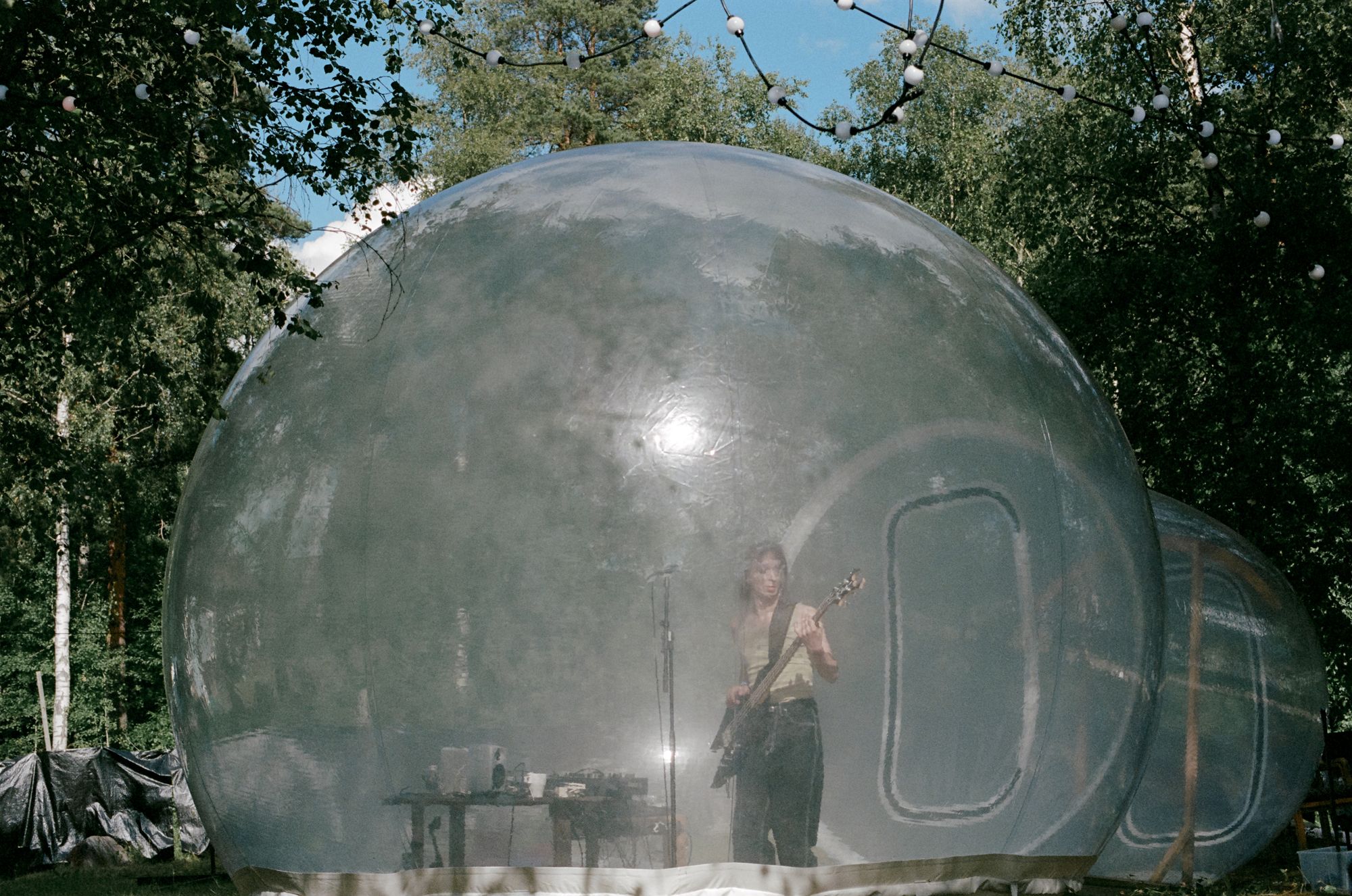

Off-site there would be several exhibitions through an assembly of locations across the town, hosting the exquisite works of Hamilton & Pederson (Galleri Norberg), coyote and Helena Tan. So too would there be the habitual yoga session at Tingshusparken followed by a performance by Civilistjävel! after their release this year on Perko’s label, FELT.

We climb to the top of Mimer again, but this time its nightfall and the mighty force of sound bursts through her crown in plumes and cascades back down again over dense forest like ectoplasm. The reverb is long and wailing, it is a haunting. Distant specks of artificial light dance upon the threshold of land and sky, they are effervescent and certainly impossible to photograph. So we let the landscape in toward us a little bit more and allow the wind to course through our trembling flesh.
Inside of Mimer, Sofie Birch, Moonilena and Xuri would host the most memorable of performances for me. The lighting inside burns through its central chamber as leaden sounds martyr themselves across the stronghold. The lights of Mimer are attuned to the whalesong held within, trapped inside of their brief lifetimes on a loop like ghosts. They search the plains of her secret world for loving eyes like lighthouse keepers of treacherous isles. And the lovers are there, they’re quite real. They lay upon the cool concrete bed of Mimer; bathe in the mesmerism, the gentle and the languid.
As the final acts perform their final rites every evening, a dull force of sound can be felt across a thicket of pitched tents towards the self-proclaimed ‘505’ stage within the campsite. A tradition.
By the end of Saturday I feel like Frau Troffea, all aching limbs and a quiet exhaustion. I hear Namasenda’s trance anthem ‘I Could Die’ from a distance and take respite in the volunteer area. Swollen eyes, a pounding heart, the area is thick with magic and I wish it weren’t the end.
We clear the site under a sky not too dissimilar to that in which we installed the festival. Through bursts of downpour we begin to dismantle on Sunday morning.
The evening delights us with a feast at Risbergs Verkstag held for the volunteers as we are thanked by the organisers of the festival. Waxen light shines over a plentitude of food to share, an open bar of wine and of ale. A great many of us are artists or DJs also and so we spend the rest of the evening taking turns on the decks or holding the floor. But we’re a little wearisome and sore, our walk home afflicted by delirium.
There is a feeling of elation, expansive and full-bellied. We say our goodbyes with the promise of return and I’d be glad to, for sure. As Nora comments in an interview with the radio team during the festival, “I’ve found my people here”.
